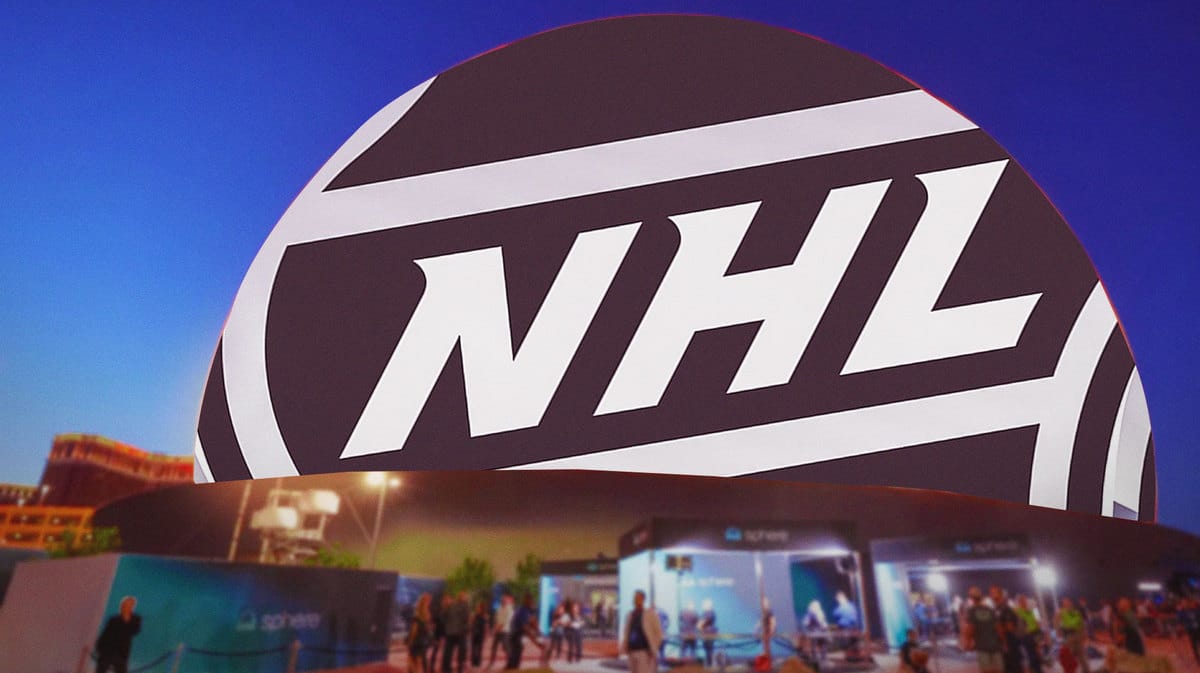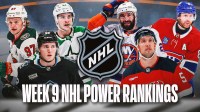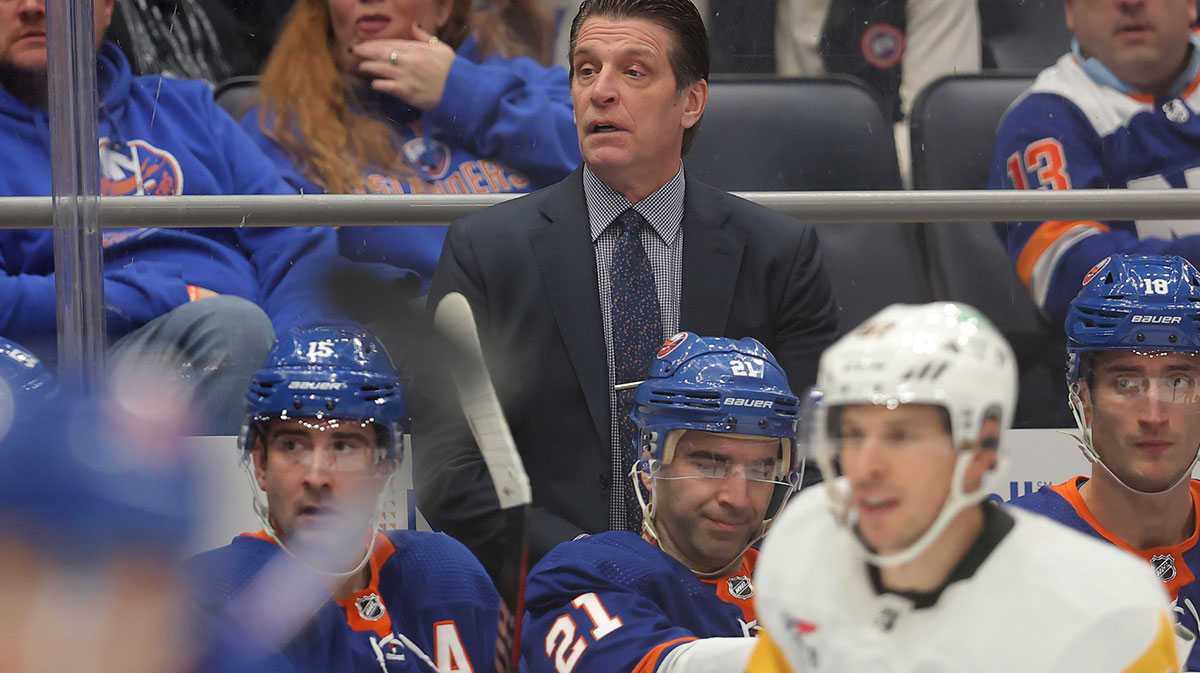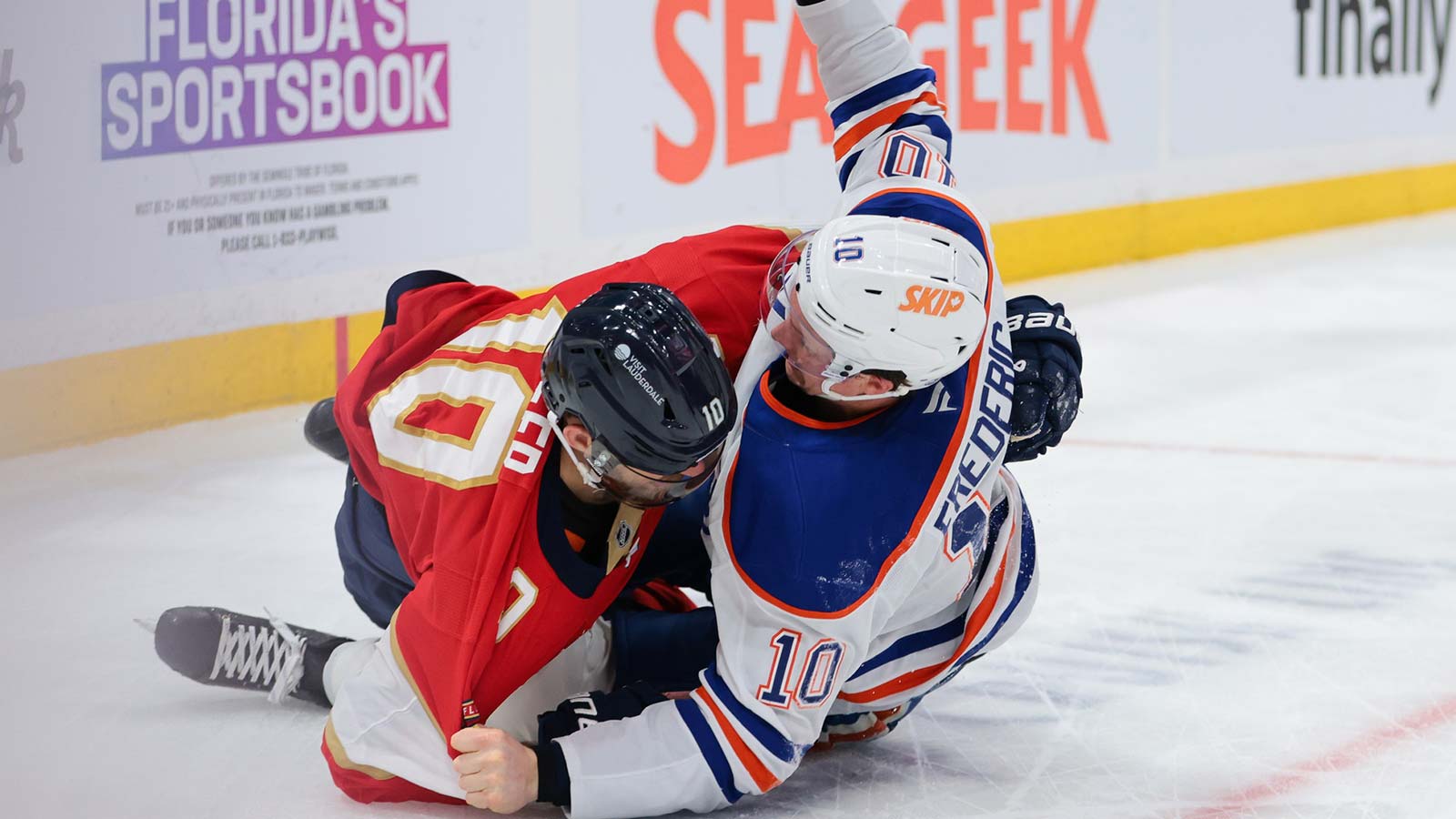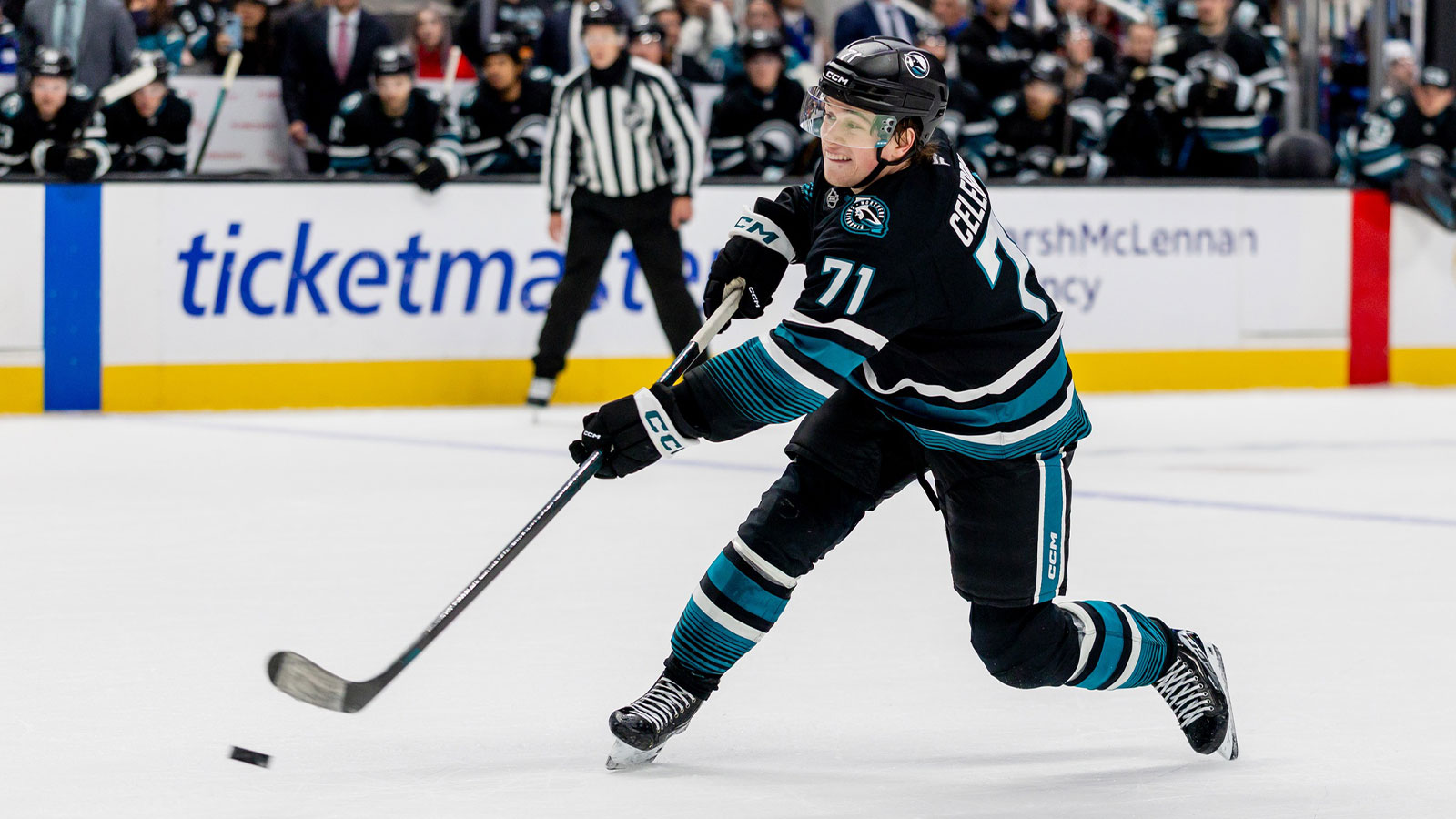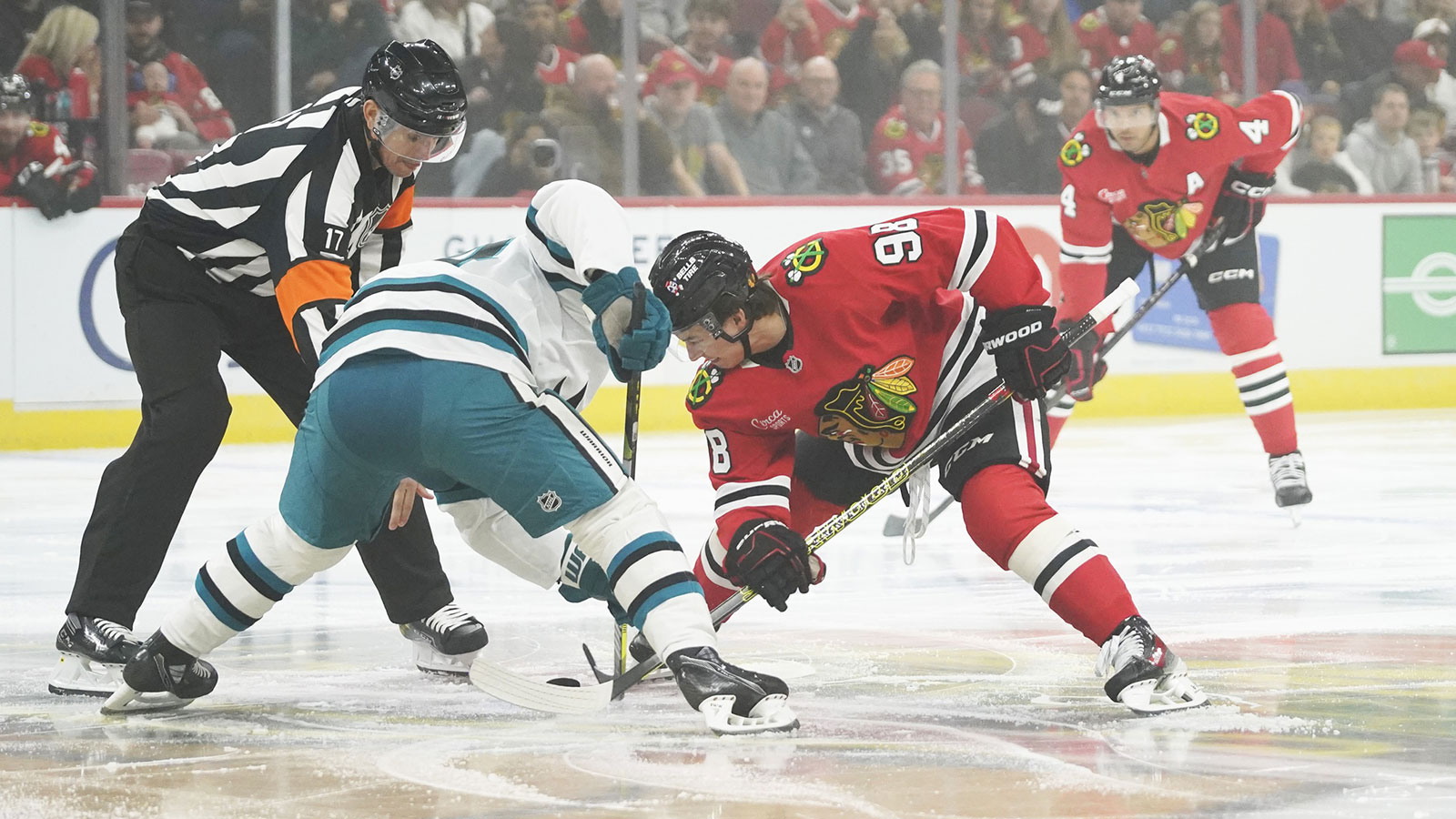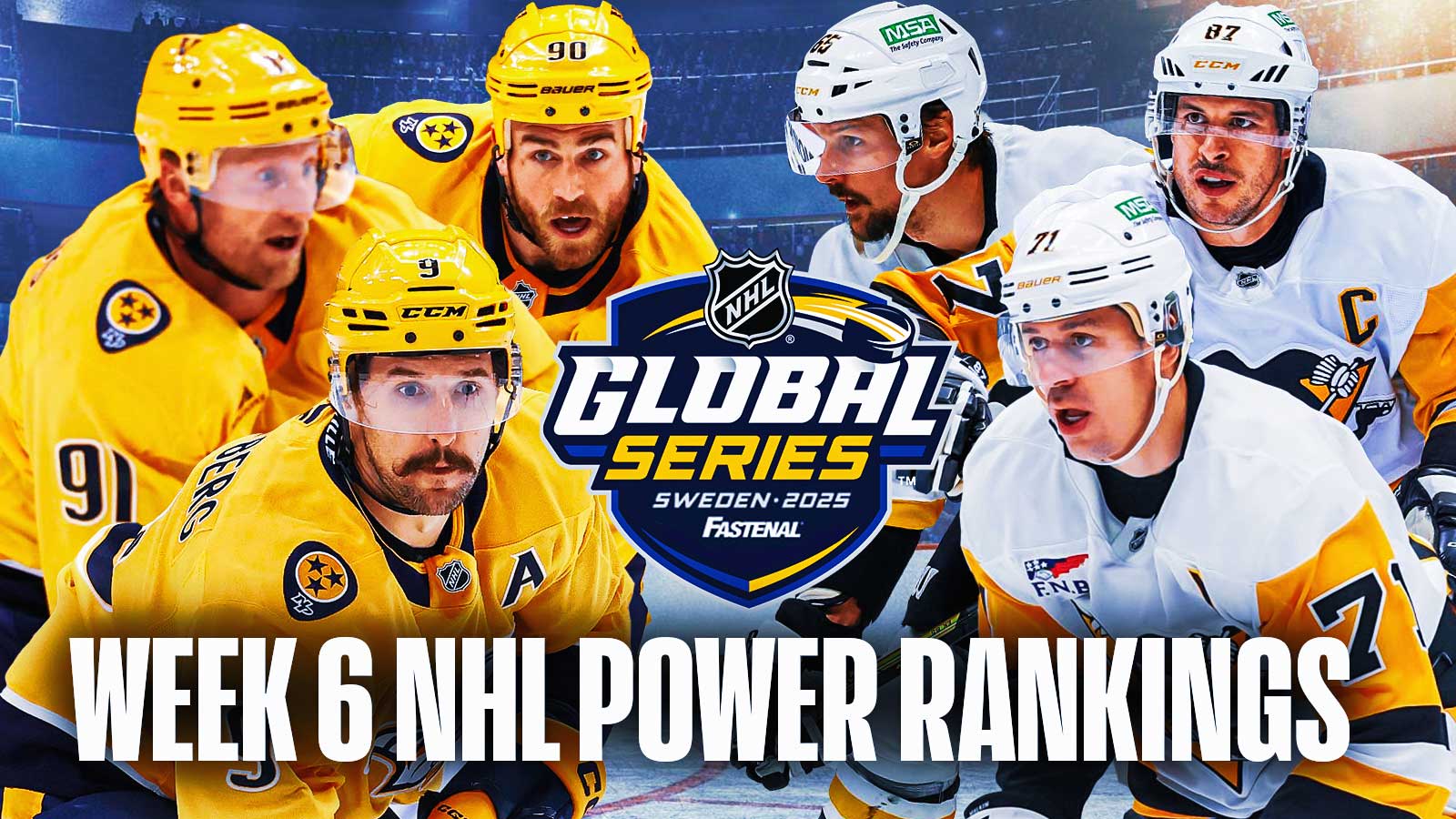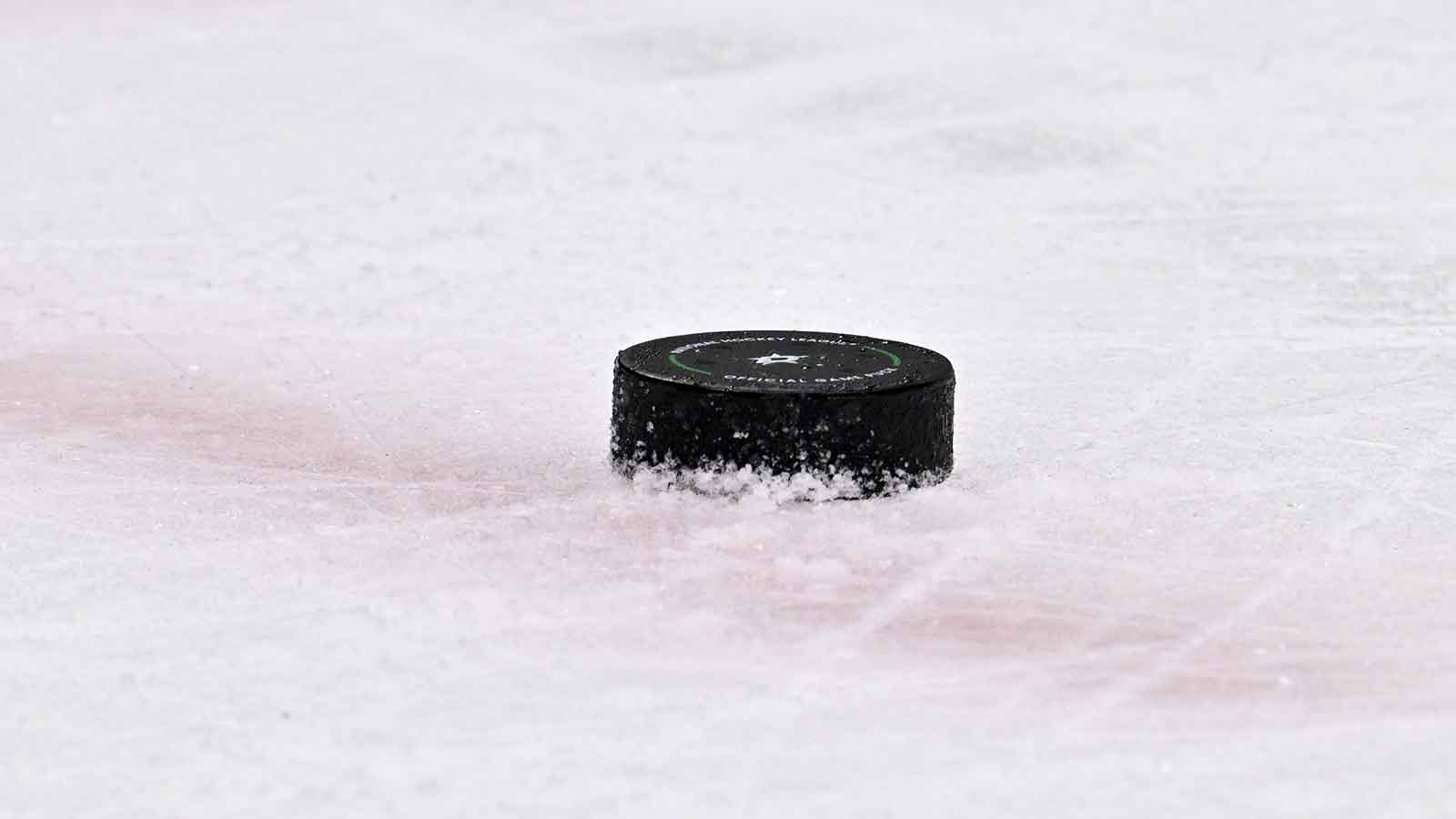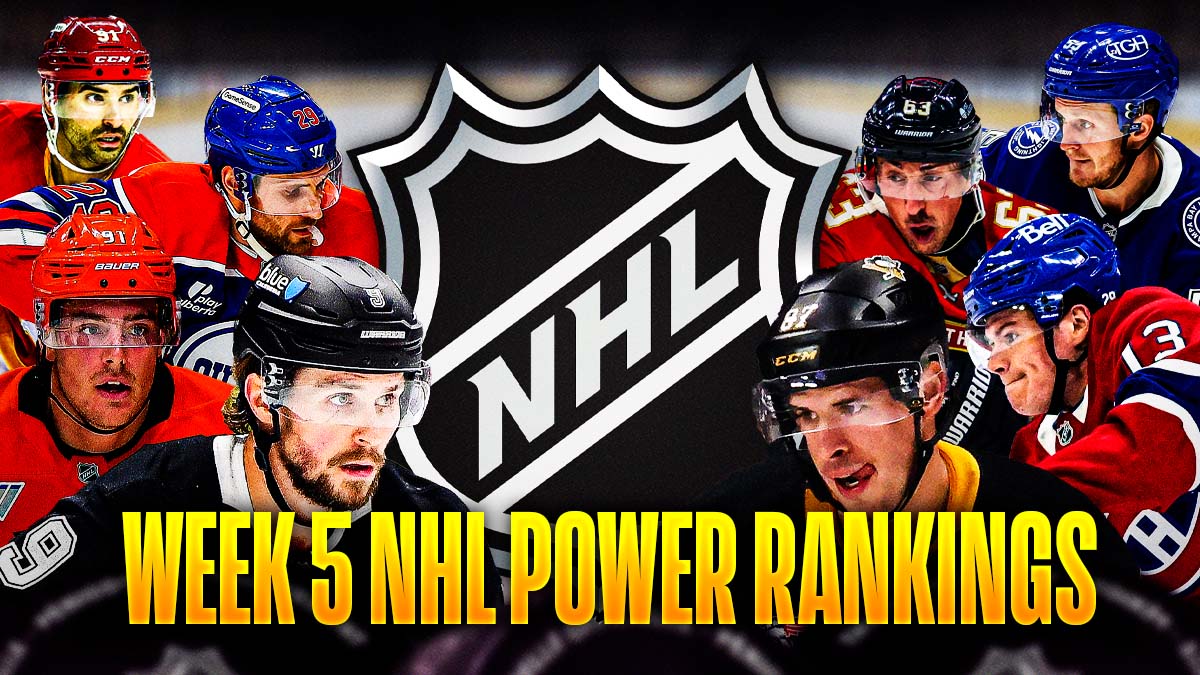The National Hockey League and the NHL Players’ Association have reached a new Collective Bargaining Agreement (CBA), which, pending ratification, will begin in the 2026–27 season. Both sides have signed a Memorandum of Understanding; final approval is expected soon. The deal arrives ahead of the 2025 NHL Draft and is designed to ensure labor peace through 2030.
One of the most significant changes this season is that the regular season has been expanded to 84 games. Now, each team will face its division rivals four times, and the preseason has been trimmed down to just four games for each club. In addition, players who have played over 100 career games will only be allowed to participate in two preseason games.
Contract rules are also evolving. Maximum contract lengths for re-signing players will be reduced to seven years and six years for free agents. Signing bonuses will be capped at 60% of the full salary, and the acceptability of deferred payments will no longer apply. These amendments are intended to tighten financial regulations and promote better transparency regarding cap management.
The memorandum also establishes a full-time Emergency Backup Goalie (EBUG) position. This player will train and travel with the team, eliminating the need to call on amateurs in emergencies. The Stanley Cup playoff bonus pool will nearly double, and player dress codes for game arrivals and departures will be removed.
Another significant change addresses the LTIR loophole. In the future, teams will not be permitted to utilize higher salaried players for the playoffs after putting them on long-term injured reserve during the regular season, which has occurred too often in the past, notably the Lightning and Golden Knights.
Obtaining this new CBA before the current CBA expires in 2026 will only foster another five years of stability. The timing, produced just before the draft and free agency, sets the tone for sustainability and competitive balance.

